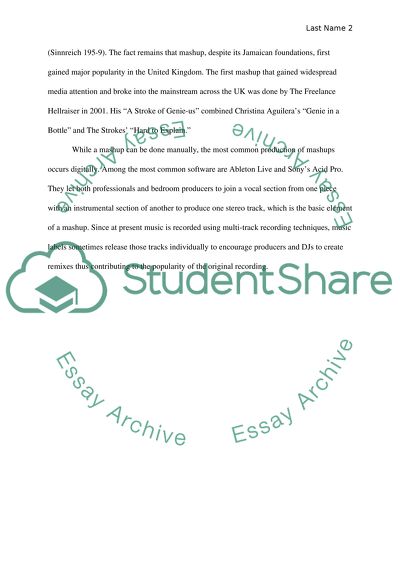Cite this document
(“Mashup, remix, fandom, intertextuality, music simulacrum Essay”, n.d.)
Retrieved from https://studentshare.org/music/1441784-mashup-remix-fandom-intertextuality-music
Retrieved from https://studentshare.org/music/1441784-mashup-remix-fandom-intertextuality-music
(Mashup, Remix, Fandom, Intertextuality, Music Simulacrum Essay)
https://studentshare.org/music/1441784-mashup-remix-fandom-intertextuality-music.
https://studentshare.org/music/1441784-mashup-remix-fandom-intertextuality-music.
“Mashup, Remix, Fandom, Intertextuality, Music Simulacrum Essay”, n.d. https://studentshare.org/music/1441784-mashup-remix-fandom-intertextuality-music.


